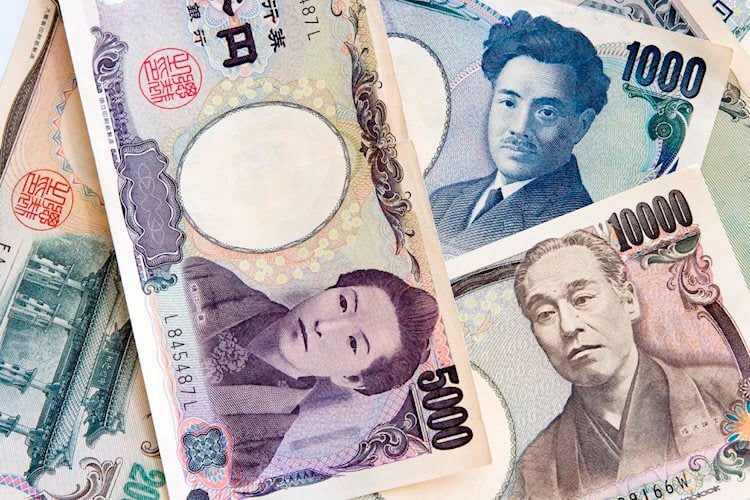- USD/JPY falls due to mild correction in the US Dollar.
- US flash S&P Global PMI for October came in better than projected.
- Investors doubt whether the BoJ will hike interest rates again in the remainder of the year.
The USD/JPY pair falls to near 152.00 in Thursday’s North American session after refreshing a 12-week high near 153.20 on Wednesday. A mild correction in the asset is purely driven by a temporary pause in the US Dollar’s (USD) rally for a while.
The US Dollar Index (DXY), which tracks the Greenback’s value against six major currencies, corrects to near 104.20 after revisiting the August high of 104.50.
The Greenback remains near its intraday low, although the flash S&P Global PMI data for October has come in better than expected. The report showed that activities in the service sector expanded at a surprisingly faster-than-expected pace to 55.3. Economists expected the Services PMI to have grown at a slower pace to 55.0 from 55.2 in September. Meanwhile, the Manufacturing PMI contracted for the fourth straight month but at a slower-than-expected pace to 47.8.
Meanwhile, the outlook of the US Dollar remains firm as the Federal Reserve (Fed) is expected to pursue the interest rate cut path at a moderate pace. Also, growing uncertainty over the United States (US) presidential elections has improved the US Dollar’s appeal as a safe haven.
In the Tokyo region, investors doubt whether the Bank of Japan (BoJ) will hike interest rates again after slightly dovish guidance from Governor Kazuo Ueda. “When there’s huge uncertainty, you usually want to proceed cautiously and gradually,” Ueda said on Wednesday, Reuters reported. The comments from Ueda also indicated that the BoJ need to more time to gain confidence about inflation sustainably achieving 2% target.
Japanese Yen FAQs
The Japanese Yen (JPY) is one of the world’s most traded currencies. Its value is broadly determined by the performance of the Japanese economy, but more specifically by the Bank of Japan’s policy, the differential between Japanese and US bond yields, or risk sentiment among traders, among other factors.
One of the Bank of Japan’s mandates is currency control, so its moves are key for the Yen. The BoJ has directly intervened in currency markets sometimes, generally to lower the value of the Yen, although it refrains from doing it often due to political concerns of its main trading partners. The BoJ ultra-loose monetary policy between 2013 and 2024 caused the Yen to depreciate against its main currency peers due to an increasing policy divergence between the Bank of Japan and other main central banks. More recently, the gradually unwinding of this ultra-loose policy has given some support to the Yen.
Over the last decade, the BoJ’s stance of sticking to ultra-loose monetary policy has led to a widening policy divergence with other central banks, particularly with the US Federal Reserve. This supported a widening of the differential between the 10-year US and Japanese bonds, which favored the US Dollar against the Japanese Yen. The BoJ decision in 2024 to gradually abandon the ultra-loose policy, coupled with interest-rate cuts in other major central banks, is narrowing this differential.
The Japanese Yen is often seen as a safe-haven investment. This means that in times of market stress, investors are more likely to put their money in the Japanese currency due to its supposed reliability and stability. Turbulent times are likely to strengthen the Yen’s value against other currencies seen as more risky to invest in.
